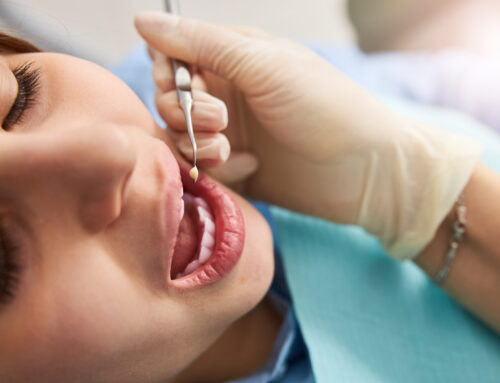Orthodontic treatment may look slightly different for each patient, but the route through orthodontic treatment is relatively similar no matter where you start from. Treatment is broken into a few steps that should make it easier for you to understand the reasoning behind each treatment and about how long the different phases should take.
- Phase One Pre-Braces
- Phase Two Braces Treatment
- Post-Braces Treatment
While the heavy-lifting is done in phase two during braces treatment, all of the phases work together to result in your beautiful smile and to keep it straight and healthy.
Phase One: Pre-Braces
Before you can have braces put on, you will need to have an appointment for an initial consultation to see exactly which options are available to you. At this appointment you will have X-rays taken of your jaw to determine whether you have any underlying issues such as a trapped tooth or gum disease, which will need to be treated before braces are put on.
After your orthodontist has an idea of which treatment options are available, you will be able to talk through your options to see which is the best fit for you. If you are a younger patient, you may have a palatal expander put in for a period of time, which can help your jaw widen to make room for your adult teeth to grow into their spaces.
If you are going the route of metal or ceramic braces, you will have to go to an appointment two weeks before your braces are scheduled to be put on to have separators placed around your back teeth. These separators create room for the metal rings to go around your back teeth which act as stabilizers for the metal braces.

Phase Two: Treatment With Braces
While phase one prepares your mouth for braces treatment, phase two is where the braces do their work. This is the time that you probably imagine when you think of braces: metal (or ceramic) brackets and wires and colorful bands on your teeth. When you go for your appointment to have your braces put on, your orthodontist will remove the spacers and begin by putting dental cement or glue on your teeth. Brackets are then secured on your teeth using the glue. A thin wire will be threaded through the brackets with small bands to secure the wire in its place.
You will feel quite a bit of pressure in the first few days after having your braces put on, but should feel relief in a week or so. Now that your braces are on, you will visit your orthodontist every six weeks to have new bands put on and your wires tightened. The pressure the wire puts on your teeth gently nudges your teeth to move into their ideal positions, giving you the smile you’ve been waiting for!
Post-Braces Treatment
Once your braces have been removed, you can enjoy some sweet relief! However, the work isn’t quite done yet. You will most likely see your orthodontist every three months for the first year post-braces to make sure your retainer is doing its job and keeping your teeth in place.
While you’re enjoying the look and feel of your straight and braces free smile, you need to be mindful of wearing your retainer consistently. In the first three months or so, it’s recommended you wear your retainer 24/7 unless you’re eating or drinking. At that point, your orthodontist will recommend either sticking with a full-time retainer schedule, or decreasing your time wearing your retainers to 12 hours a day. Eventually your orthodontist may tell you that you can decrease how long you have to wear your retainer, so long as your teeth aren’t at risk of treatment reversal.
Orthodontic Treatment in Fort Worth
Orthodontic treatment might sound intimidating when you hear about all of the steps that have to take place in order to get great results, but rest assured, it is nothing you can’t manage. With support from the team at Ahava Orthodontics in Fort Worth, you’ll go through the phases of orthodontic treatment with ease and come out on the other side with a brand new smile! Contact us today at 817-926-9777 to schedule your consultation exam so you can start the process of pursuing the smile that is waiting for you.




